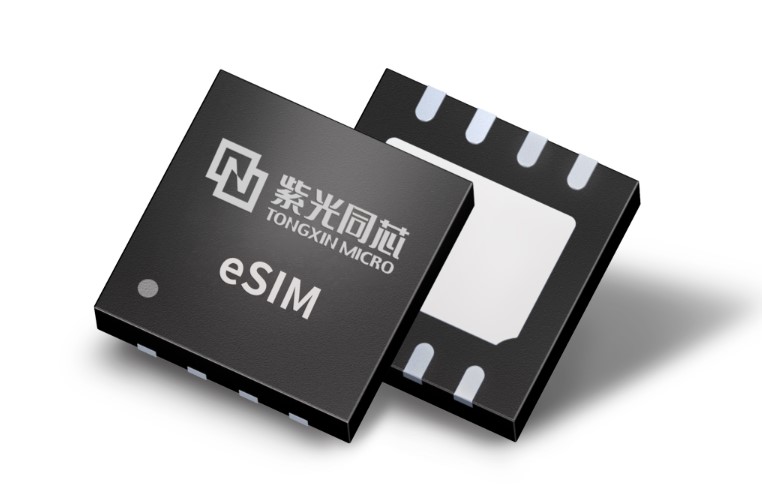
4-23 #Home : Intel has announced that it has made silicon qubits with Qutech; Xiaomi’s former managing director is reportedly under investigation over possible breach of India’s foreign exchange laws; Amazon is creating a USD1B venture investment program; etc.

Manu Kumar Jain, former managing director of Xiaomi India, is reportedly under investigation over possible breach of India’s foreign exchange laws. India’s Enforcement Directorate is looking into the relationship between the Chinese company Xiaomi and its Indian division. Fund flows between the two entities are being reviewed, and that includes royalty payments. (GSM Arena, Reuters)
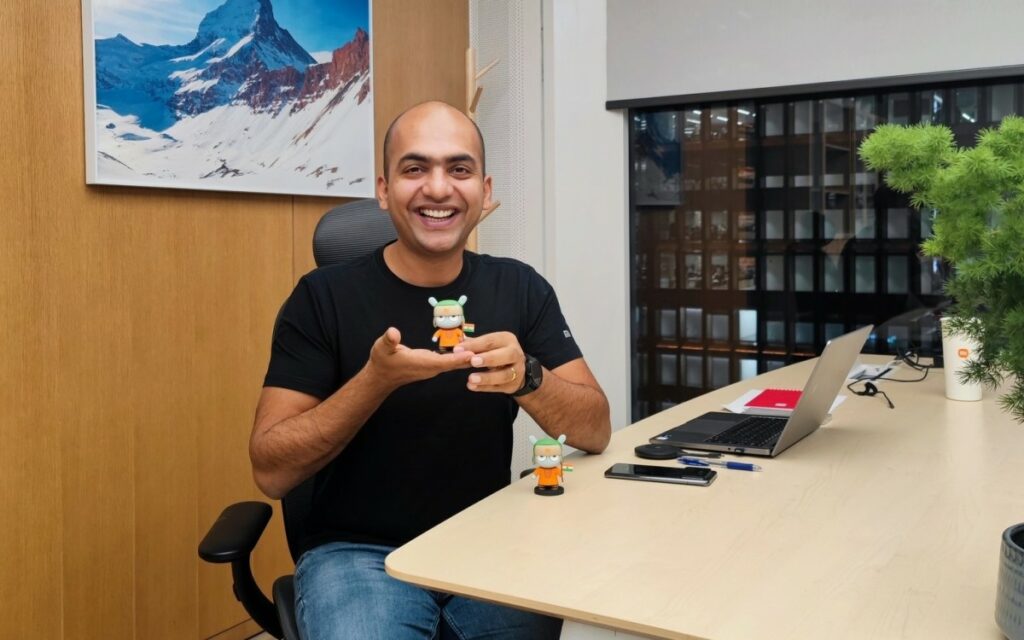
TF Securities analyst Ming-Chi Kuo says that Apple’s previous desire to reduce its reliance on China has become “an action plan” since the country’s recent lockdowns. The recent COVID lockdowns in the country have made Apple step up its thinking about diversifying production. “New Product Introduction” sites does not necessarily mean completely new categories of device, although Tim Cook is said to hope to introduce one such brand-new venture before he retires. (Laoyaoba, Twitter, iMore, Apple Insider, Cult of Mac)
Samsung Galaxy M53 is launched in India – 6.7” 1080×2408 FHD+ HiD Super AMOLED Plus 120Hz, MediaTek Dimensity 900, rear quad 108MP-8MP ultrawide-2MP macro-2MP depth + front 32MP, 6+128 / 8+128GB, Android 12.0, side fingerprint, 5000mAh 25W, INR23,999 (USD314) / INR25,999 (USD340). (GSM Arena, Samsung, India Today)

Huawei nova Y70 Plus is launched in South Africa – 6.75” 720×1600 HD+ u-notch, Qualcomm Snapdragon 778G 4G, rear tri 48MP-5MP ultrawide-2MP depth + front 8MP, 4+128GB, Android 11.0 (no GMS), side fingerprint, 6000mAh 22.5W, ZAR5,499 (USD354). (GSM Arena, Huawei, GizChina)


Samsung has announced a partnership with plant-based designer Sean Wotherspoon to create a line of eco-friendly smartphone cases and Galaxy Watch accessories. The device accessories are all sourced sustainably using 100% recycled materials, according to Samsung.(Neowin, Digital Trends, Samsung)

Garmin vivosmart 5 is announced featuring OLED display of 0.41”×0.73” of 88×154 pixel resolution. It comes with usual slew of health and fitness features such as heart rate monitoring, sleep tracking, activity tracking, and a step counter. It can also measure blood oxygen (region dependent) and stress levels as well as body battery energy levels. It also has a menstrual cycle tracker for women. It is priced at USD150.(GSM Arena, Gizmo China, Garmin)
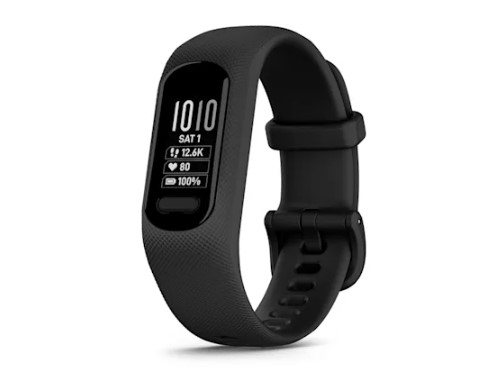
Sennheiser has announced Sport True Wireless Earbuds, which is priced at USD130. The earbuds have an IP54 rating that makes them splash-proof and dust-resistant. They use Bluetooth 5.2 and have support for the AAC and AptX audio codecs. Battery life is rated at up to 9 hours at moderate volume levels with an additional two charges in the charging case.(CN Beta, Engadget, Sennheiser, CNET)
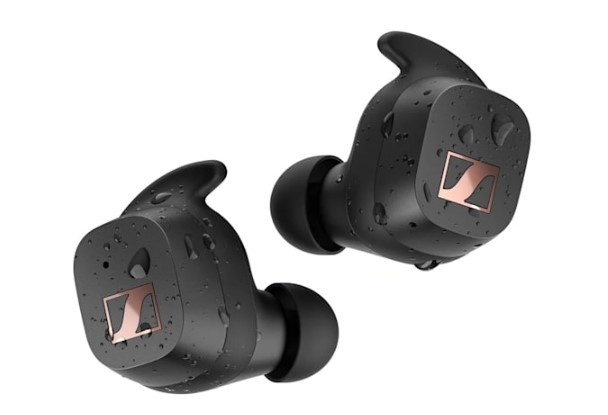
Dizo Watch S is launched featuring 1.57” 200×320 display, 200mAh battery, and priced at INR2,299 (USD30). It supports 110 sports modes such as cycling, walking, running, elliptical, football, and more. It comes with a heart-rate sensor and a blood oxygen monitor SPO2 sensor. Other features include a menstrual cycle tracker. Dizo is part of realme’s sub-brand Techlife.(Indian Express, India Times)


Amazon is creating a USD1B venture investment program called the Amazon Industrial Innovation Fund (AIIF) to spur and support innovation in customer fulfillment, logistics, and the supply chain. The primary goal might not be to increase automation and replace human workers, but instead, to assist humans and ensure injuries in Amazon warehouses reduce. Some of the prominent investments through the AIIF include Agility Robotics, BionicHIVE, Mantis Robotics, Modjoul and Vimaan.(Neowin, CN Beta, Amazon.com)
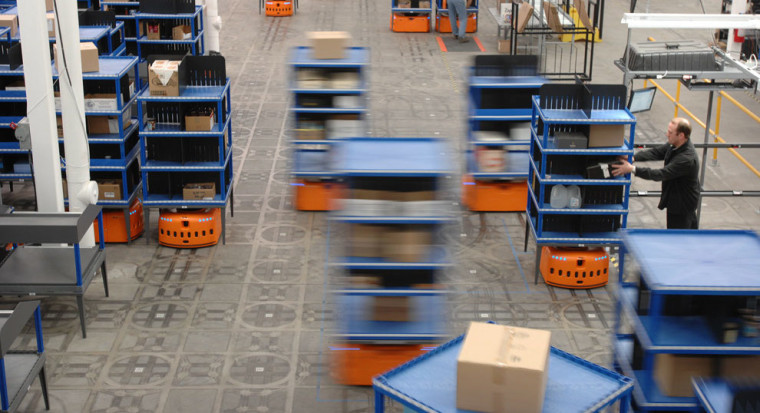
Austin-based robotic automation company, Diligent Robotics, has announced that it has closed over USD30M in Series B funding, bringing the total investment raised to date to nearly USD50M. Diligent Robotics develops socially-intelligent service robots and artificial intelligence solutions that enable robots to collaborate within and adapt to human environments. (TechCrunch, Wired, PR Newswire)
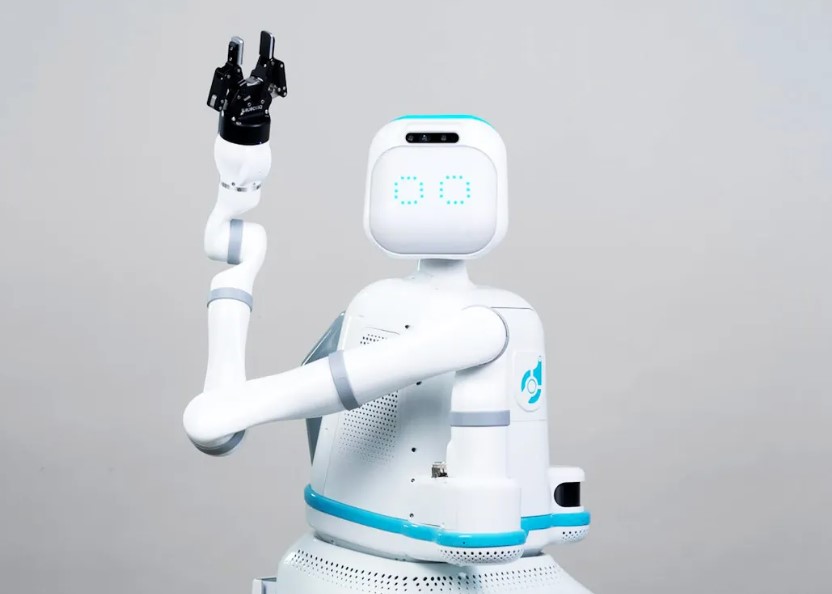

Coinbase’s CEO and co-founder Brian Armstrong has called out Apple over “potential antitrust issues”. He has also called out Apple for its App Store not being crypto-friendly. Armstrong has continued to accuse the tech giant of disrupting the company’s product roadmap as well as banning certain app features.(Apple Insider, 9to5Mac, TechCrunch)


Digital fraud prevention solution provider Fiverity, Fortanix and Intel have announced a partnership to launch Fiverity’s holistic fraud defense platform, which incorporates confidential computing alongside AI-driven fraud detection. Fiverity’s fraud defense platform uses AI to detect fraud, identify fake customer profiles and automatically notify regulators about breaches. In addition, the Fortanix-delivered confidential computing capabilities provide secure access to aggregated fraud-detection models that can analyze encrypted data from multiple banks. (VentureBeat, PR Web, Fortanix)

Intel has announced that it has made silicon qubits at its D1 plant in Hillsboro, Oregon with the Dutch state-run scientific research institute Qutech. Qubitsare the basic units of quantum computing for quantum computers. Unlike conventional computers, it solves problems by processing 0 and 1 at the same time. Intel explained that it can produce more than 10,000 arrays with multiple silicon qubits with a wafer yield of 95% or more.(Laoyaoba, ET News, Intel)
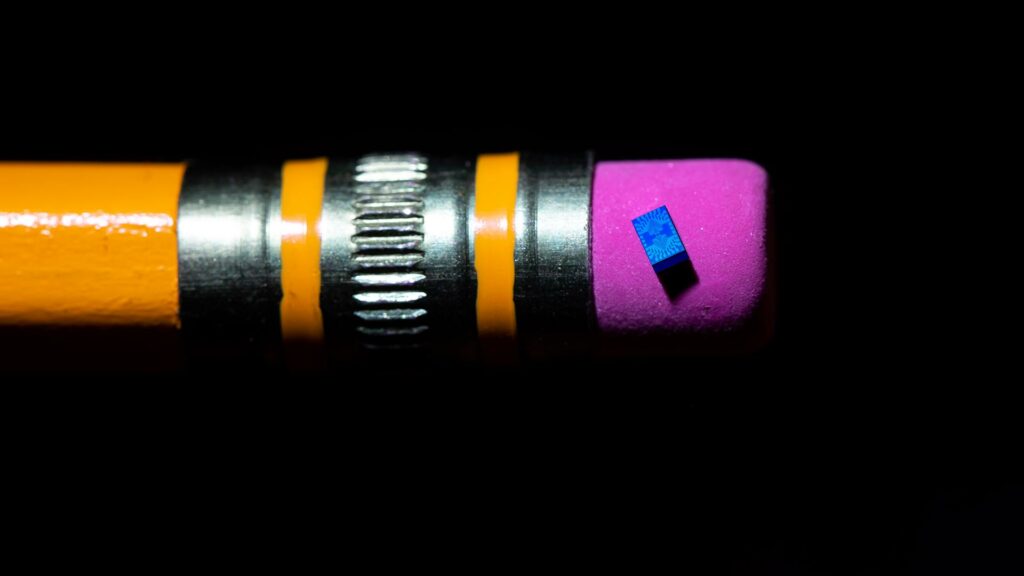
The Netherlands will invest KRW1.5T in optical semiconductor (silicon photonics) technology companies. This is a stepping stone to bring up a global company like ASML in the silicon photonics field. The Dutch government has decided to invest EUR1.1B to promote next-generation silicon photonics technology companies. The government will invest EUR471M, and partner institutions such as the Eindhoven University of Technology and University of Twente in the Netherlands will invest the rest of the investment. A dutch funding agency, Photon Delta, will be managing the invested funds. (CN Beta, ET News, UDN)
Samsung Electro-Mechanics (SEMCO) has said that it has developed 13 new multi-layer ceramic capacitors that can withstand 150ºC heat. The MLCCs are designed for automotive applications and will be supplied to auto-parts makers, the company said. They range in size from 3225 (3.2×2.5mm) to 1608. So far, Japan’s Murata and TDK had been offering MLCCs that can withstand 150ºC.(Laoyaoba, Electronic Products, The Elec)
Shenzhen-based electric vehicle maker BYD has entered into a partnership on Thursday with Horizon Robotics, which will provide its self-driving “Journey 5” computer chip for certain BYD models set to be launched in 2023, significantly enhancing their autonomous driving capabilities. BYD models equipped with the Journey 5 chip will be available by mid-2023 at the earliest.(Laoyaoba, Sina, iFeng, Pandaily, AAStock)
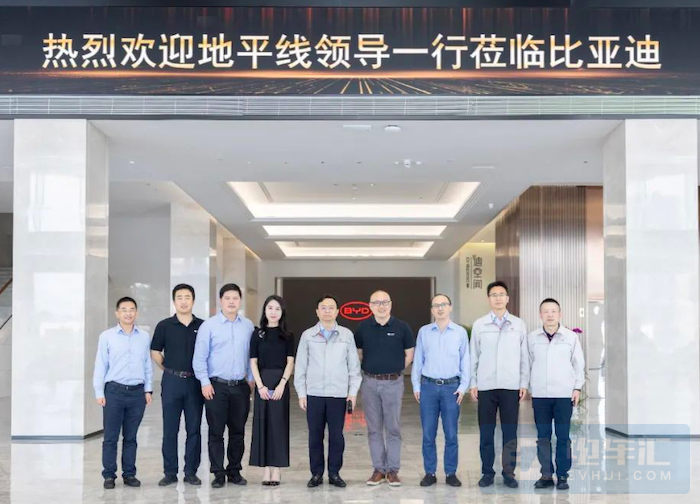
Digitimes Research has observed and analyzed the global semiconductor market of USD555.9B through different dimensions beyond the industrial output value. US brand vendors including Intel, Texas Instruments (TI), Nvidia, AMD, and Qualcomm contributed USD273.9B of revenues, accounting for 49.3% of the global market and allowing US companies to remain the most influential in the global market. Apart from Micron, almost all of them focus on logic chips and they are the global market leaders. The semiconductor market can be divided into two sectors: memory and non-memory. Memory products usually contribute 35-40% of the global semiconductor market, with non-memory semiconductor products including logic chips and control chips representing the rest. US-based Micron and Japan’s Kioxia are major players in the memory market but Korean companies dominate the memory sector, which enables South Korea to have 19.3% of the overall semiconductor market. (Digitimes, press)
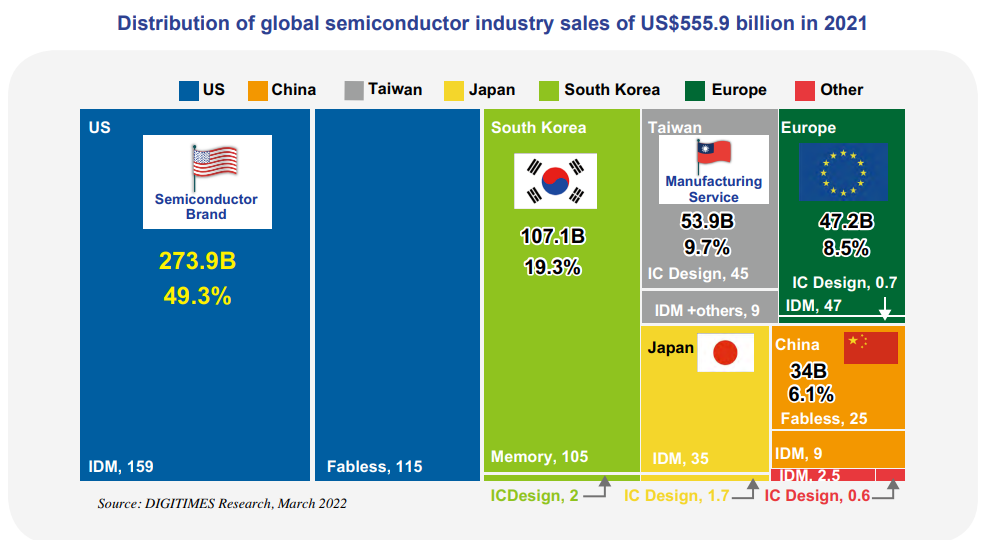

Google has unveiled new ambient computing concepts to make the smart home more seamless. Google envisions newer smart devices could integrate PMOLED displays into existing surfaces rather than having dedicated screens everywhere. These displays can be embedded under wood, textiles, and mirrored surfaces. Google is proposing to use PMOLED (passive-matrix OLED) displays that can reside in or under traditional surfaces. PMOLED works differently from AMOLED displays, which are often found in devices like smartphones — by drawing all the vertical lines first, followed by horizontal lines. This allows images to be shown in just two steps, while an AMOLED panel normally draws all pixels from the bottom to the top of the display together.(Android Central, Google)

Samsung Display has announced that the company’s QD-OLED panel yield has reached 75%. Samsung Display has begun to ship QD-OLED panels from the Asan Campus in South Chungcheong Province. Currently, it is processing 30,000 sheets of QD-OLED panels per month, a volume that can produce around 1M units of 55” and 65” TVs per year. The main clients for the company’s QD-OLED monitors include Dell. It is also in talks with ASUS, Lenovo, and HP. Its TV panel customers are Samsung Electronics and Sony.(Laoyaoba, Business Korea)

Samsung Display has repurposed its defunct L7-2 plant (A4-2 line) that previously made LCD panels into one that will manufacture OLED panels. Ideally, it should operate at full capacity by 3Q22, right before the demand for TVs and other peripherals rise in 4Q22. Under ideal circumstances, the plant will output 180,000 OLED panels per year.(Laoyaoba, SamMobile, IT Home, GizChina)

Apple has filed a patent that relates to eliminating the iPhone’s notch and repositioning the TrueDepth camera system behind the iPhone’s display. The patent describes the iPhone including a display having a front surface and a back surface. The display includes a plurality of pixel regions that emit light from the front surface to display a displayed image and a plurality of apertures that transmit light from the front surface to the back surface. The iPhone includes a camera disposed on a side of the back surface of the display. The camera is configured to capture images.(CN Beta, Patently Apple)
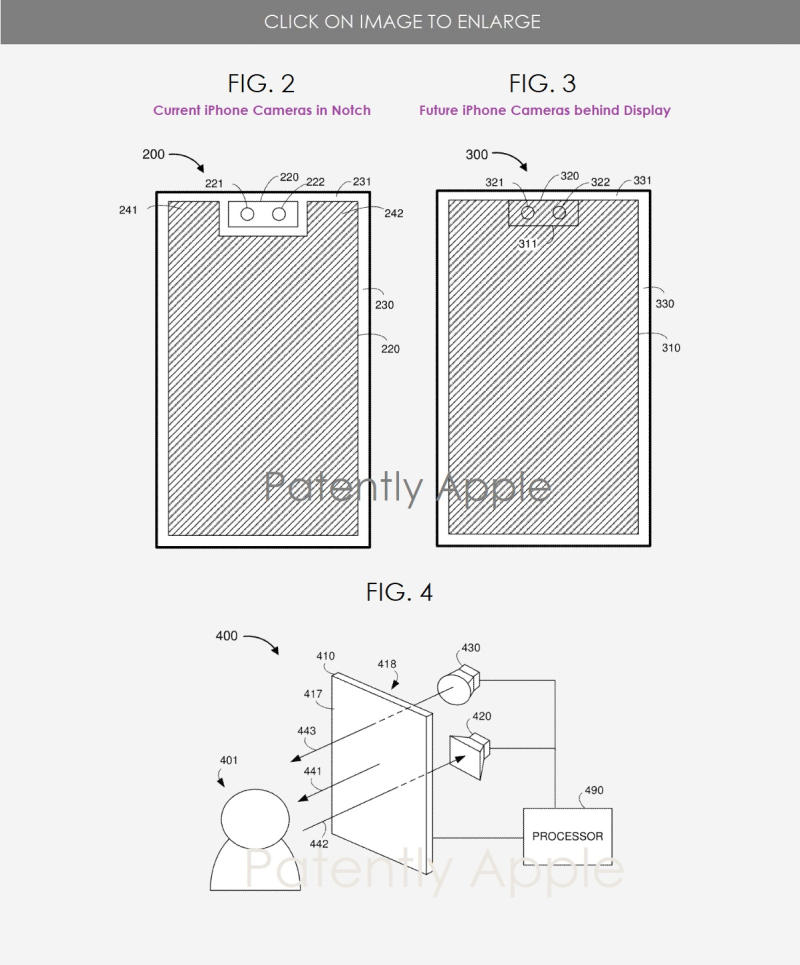

South Korean battery maker SK On is planning to procure assembly equipment from more suppliers. The company is looking for new suppliers for notching equipment, which is used to create the positive and negative tabs of batteries at the early stages of the assembly process. SK On has almost solely relied on Youil Energy Tech for the equipment so far, which it uses at its factory in Seosan in South Korea, Georgia in the US and Changzhou in China. Woowon Technology is already the exclusive supplier of stacking equipment to SK On. (Laoyaoba, The Elec)

Tongxin Microelectronics and Unicom Huasheng have successfully developed a 5G eSIM card product, which is the first China Unicom 5G eSIM product that supports 5G profile download, SA and NSA dual-mode networking. The product highly integrates hardware protection capabilities and terminal software support capabilities, and is fully compatible with the existing China Unicom SA & NSA dual hybrid networking mode.(CN Beta, Tongxin Micro, QQ)
